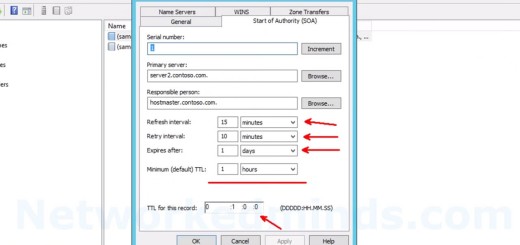70-410 Objective 4.1 – Configuring IPv4 and IPv6 in Server 2012 R2 Lecture Notes Part 2
In this video we will be investigating Objective 4.1 Configuring IPv4 and IPv6 in Server 2012 R2. In this lecture series we will discuss IPv6 and it is the second part of a two part series. We begin by looking at why we need IPv6 and why IPv4 is exhausted and being phased out. We look at the sheer number of addresses we can have with IPv6 vs IPv4. We then investigate how IPv6 notation works and how we can condense an IPv6 address using double colons and omitting the leading zeros. This is an objective for IPv6 and you’ll probably find a few questions on the test on this. We also look at how the bits are laid out so we don’t need confusing subnetting with IPv6. We then investigate the different IPv6 address types to include Unicast, Multicast and Anycast. We into IPv6 address types further and understand the types of prefixes and uses of Global Unicast, Link Local Unicast, Unique Local Unicast and Multicast addresses. You will see a few questions on the 70-410 test about this as well. I like to compare them to IPv4 addresses because it’s easier to understand all of the new terminology, since we know and understand IPv4. We then investigate how to configure or assign IPv6 addresses via Manual assignment, Stateless IPv6 auto configuration and Stateful configuration. Note: there is a typo in the slide it should read IPv6 via DHCP IPv6. We then look at IPv6 transitional technologies used when not everything is IPv6 yet. You may see a question on the 70-410 test on this. We specifically look at Dual IP Stack, Tunneling IPv6 over IPv4 and how IPv6 is encapsulated in an IPv4 packet. Last we look at IPv6 ISATAP and Teredo and their uses behind NAT.
Introduction to IPv6 – 0:06
How to notate IPv6 – 1:25
IPv6 address types – 3:07
IPv6 address types compared to IPv4 – 3:56
Assigning IPv6 addresses – 5:28
IPv6 transitional Technologies – 8:11
ISATAP and Teredo – 10:05


